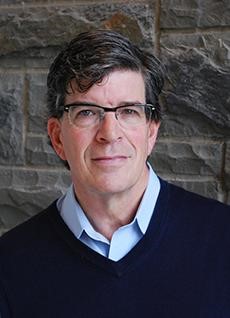Feedbacks of physical processes affect the and function of Earth surface and atmosphere system over different temporal and spatial scales. Rivers are the feedback product of turbulent stream flow and earth surface material. This seminar explores how river channels change until they fall into a “most stable” state and the multiscale nature of the feedbacks that link earth’s surface and the lower atmosphere.
Time: 2019-09-26 9:00-12:00 (Thursday) Room: Digital room(水利系泥沙馆数字厅)
Marwan Hassan Professor Department of Geography The University of British Columbia, Vancouver, BC Canada 
| Patterns of in/stability and channel morphology of mountain streams Rivers are the product of turbulent stream flow over myriad granular elements, vegetable matter and solid refractory materials, under strong, irregular forcing. Principal sources of stability in mountain streams are different in different parts of the drainage system. In uplands, channels are steep and attain stability by development of aggregate structures in bed material. In lowlands (alluvial channels), vertical aggradations of sediment appear and sediment transport becomes more pervasive and channel stability is controlled by bed and banks strength. Using field observation, flume experiments and modelling, I will explore how river channels change until they fall into a“most stable”state. |
John D. Albertson Professor Civil and Environmental Engineering, Cornell University, Ithaca, NY (USA) 
| A Tour of Feedbacks in the Land-Atmosphere System Many of the contemporary research questions in the environmental sciences and engineering involve ever-increasing spatial and temporal scales, and intertwined features of the physical and biological sciences. Examples of this are found in the connection between hydrology and meteorology, ranging from plant controls on the energy and water exchange processes to the subsequent connections to convective rainfall generation. Ultimately, these fast processes (e.g. transpiration and photosynthesis), when integrated through time, manifest themselves as changes in the vegetation structure that then induce feedbacks on the land-atmosphere fluxes over longer time scales. This seminar explores the multiscale nature of the feedbacks that link that earth’s surface and the lower atmosphere with an emphasis on causal connections important to hydrology. |